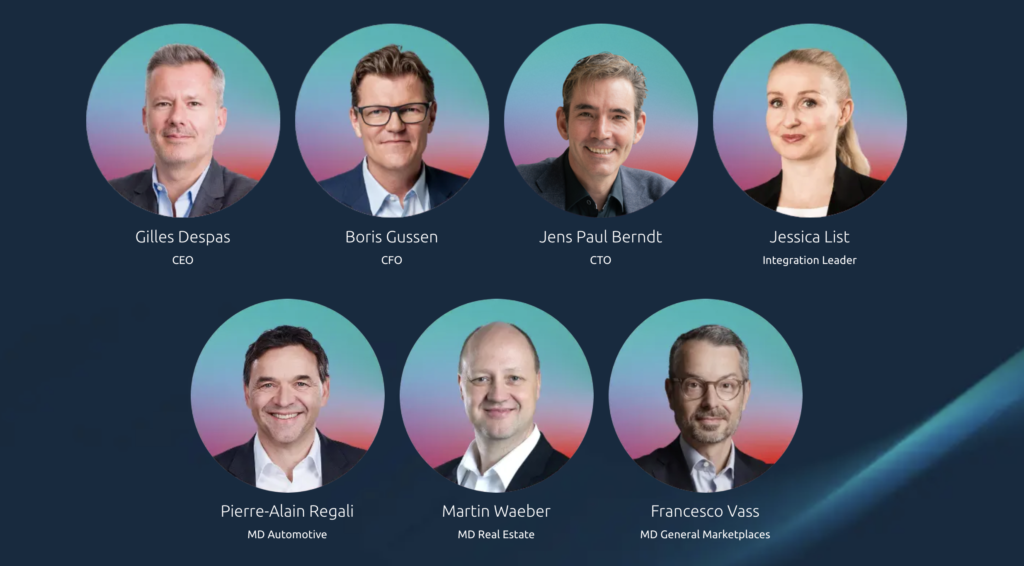Auch im April haben die Angebotsmieten im nationalen Durchschnitt um 0.3 Punkte, respektive 0.2 Prozent zugelegt. Damit bedeutet Kontinuität am Mietmarkt auch weiterhin leicht steigende Preise bei ausgeschriebenen Mietangeboten. Dabei sind jedoch durchaus regionale Unterschiede mit partiellen Rückgängen erkennbar, darunter auch im Kanton und in der Stadt Zürich. Dies zeigen die aktuellen Zahlen des Homegate-Mietindex.
Der Homegate-Mietindex für Angebotsmieten wird vom Immobilienmarktplatz Homegate in Zusammenarbeit mit der Zürcher Kantonalbank (ZKB) erhoben. Er misst die monatliche, qualitätsbereinigte Veränderung der Mietpreise für neu und wieder zu vermietende Wohnungen anhand der aktuellen Marktangebote. Gegenüber dem Vormonat ist der Index im April um 0.3 Punkte gestiegen und steht nun bei 130.4 Punkten (plus 0.2 %). Gegenüber dem Vorjahr konnten die Angebotsmieten schweizweit um 2.0 % zulegen.
Veränderung in den Kantonen
Mit Blick auf die Kantone sind die Angebotsmieten auch im April in der Mehrheit gestiegen. Die mit Abstand grösste Zunahme verzeichnete dabei das Appenzell (plus 1.4 %; die Appenzeller Kantone werden zusammengefasst), dies allerdings nach rückläufigen Entwicklungen während der letzten drei Monate sowie einer nach wie vor negativen Entwicklung gegenüber dem Vorjahr (minus 0.4 %). Noch stärker zurückgegangen sind die ausgeschriebenen Mieten im Vergleich zu April 2024 in Graubünden (minus 1.5 %) und Schaffhausen (minus 0.8 %). Dass die Angebotsmieten im Vergleich zum Vorjahr gleich in mehreren Kantonen rückläufig sind, ist durchaus ungewöhnlich. Im Vergleich zum Vormonat sind solche Schwankungen aufgrund der dynamischen Entwicklung des Mietmarktes jedoch durchaus plausibel und im April ist dies insbesondere in den Kantonen Uri (minus 0.9 %) und Schaffhausen (minus 0.8%) sowie unter anderem auch in Zürich (minus 0.1 %) der Fall.
Veränderung in den Städten
Auch bei den untersuchten Städten bewegen sich die Angebotsmieten je nach Region unterschiedlich, im Vergleich zum Vorjahr sind diese jedoch ausnahmslos gestiegen – vor allem in Luzern (plus 5.8 %) und Lugano (plus 4.6 %). Es sind denn auch dieselben Städte, deren ausgeschriebene Mieten im April im Vergleich zum Vormonat am deutlichsten zulegen konnten (Lugano plus 3.1 %, Luzern plus 1.8 %), wobei beide Städte in den letzten Monaten tendenziell tiefere Angebotsmieten aufwiesen als zuvor. Auch in der Stadt Zürich (minus 0.4 %) sind die Werte im April gesunken und damit bereits zum zweiten Mal in Folge.
Methode der Qualitätsbereinigung
Die Entwicklung der Angebotsmieten in der Schweiz wird um die unterschiedliche Qualität, Lage und Grösse der Wohnungen bereinigt. Der Vorteil dieser sogenannten hedonischen Methode liegt darin, dass die wirkliche Mietpreisentwicklung für neue und wieder zu vermietende Wohnungen auf Homegate abgebildet wird. Der Homegate-Mietindex ist der älteste qualitätsbereinigte Mietpreisindex der Schweiz und gilt als Referenzquelle für Immobilienprofis für die Preisbestimmung von Mietobjekten.


